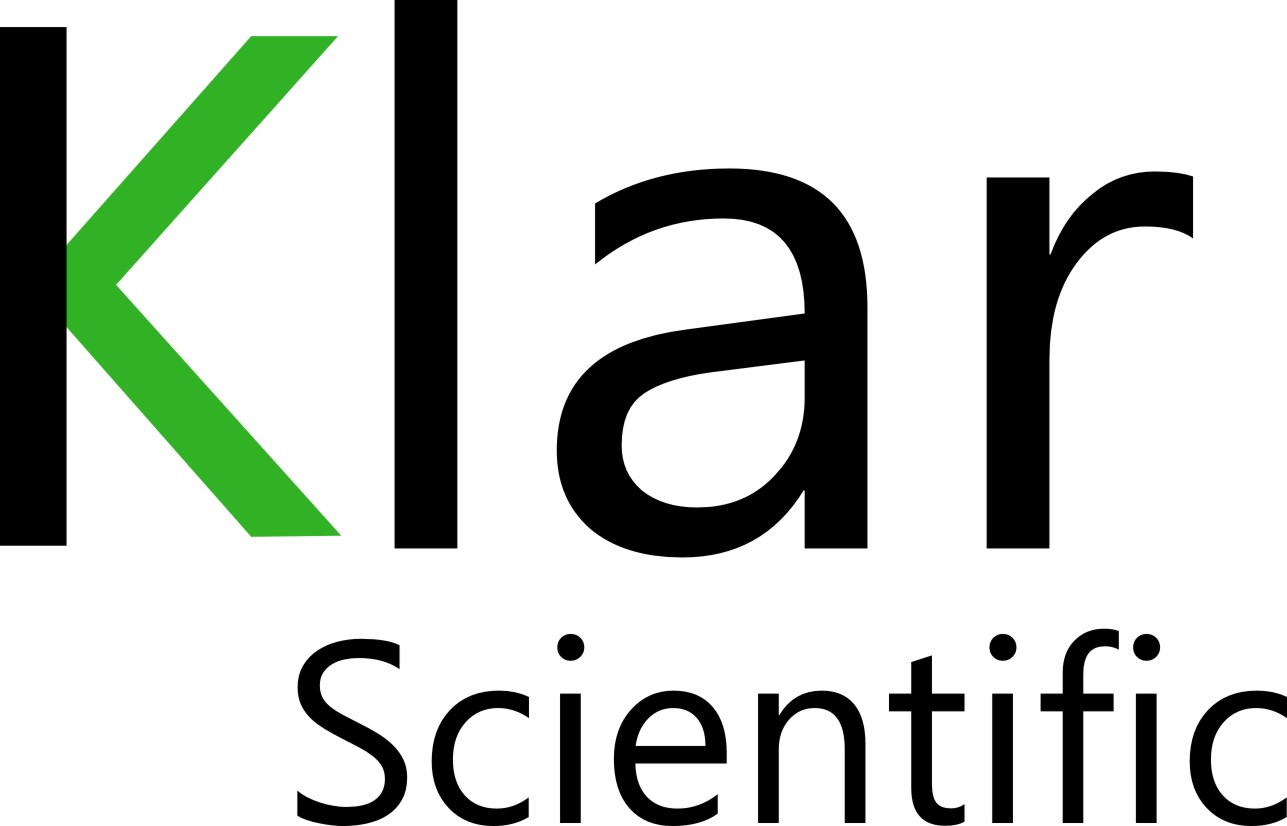Dynamic processes in agriculture
Spectroscopy is a powerful, nondestructive method for studying the properties of crops and foliage in the field and in the laboratory. The spectral signatures obtained from reflectance, Raman, and photoluminescence methods are often unique to the species under study and also dependent on where in the growth process the samples are tested. Methods have been applied to determine the optimal harvest time of cherry tomatoes [1], the variation in root development [2], and the growth dynamics of dozens of other living systems. Scanning systems are particularly important for these applications in order to capture spectral signatures from samples that are generally irregular and inhomogeneous. To date, the options for high resolution, spectral scanning using confocal microscopy have been limited to the use of cobbled-together instrumentation in the laboratory.
Klar’s autofocus spectroscopic scanning platform, with its wide range of interrogation wavelengths and precision fitting software, is a compact, portable instrument for the study of agricultural systems and should be of aid to those engaged in solving growth optimization problems, the study of disease in plants, and the factors controlling the chlorophyll content of forests, agricultural farms, and other flora.
Capability of the Klar platform
Light energy absorbed by chlorophyll results in three competing processes: driver of photosynthesis, energy dissipated as heat, or re-emitted as light (fluorescence). Measuring the fluorescence spectrum yields important information about the photochemical processes occurring in the plant. Chlorophyll has two distinct fluorescent peaks, PS I and PS II [3]. While the processes that determine the intensity of both peaks is complicated, PS II can be used as a proxy for measuring the yield of photosynthesis.
A fresh leaf from a tomato plant was placed on a damp paper towel and under a large glass slide for examination. Measurements were taken with a Klar scanning instrument using the green (532 nm) PL kit. The laser light incident on the surface of the leaf excites the chlorophyll fluorescence at longer wavelengths and is recorded at each spatial point (x,y) by a spectrometer. The laser spot was raster-scanned across the leaf by KlarSpec and a spectrum was taken every 50 microns, for a total of 196,023 spectra. Analysis of this large data set was done with KlarFit, which fit all the spectra to a model composed of various peak parameters, such as intensity, position and width. Plots were constructed showing the spatial distribution of the peak parameters or even functions of the parameter (e.g. the ratio of two parameters).
The ratio of the intensity of PS II versus PS I is plotted in the figure below. The intensity ratio is highest near the edges of the leaf and smallest near the veins. Using PS II as a proxy for photosynthesis, this plot shows the photosynthesis process is more active away from the leaf vein areas in this particular leaf. This may be related to the density of chlorophyll molecules throughout the leaf, water transport mechanisms within the leaf, or a stress response from being picked.
Left: Plot of the ratio of PS II to PS I fluorescence spectra of chlorophyll in a tomato leaf. Right: Spectra from two spots on the leaf.
[1] H. Yang, Nondestructive prediction of optimal harvest time of cherry tomatoes using VIS-NIR spectroscopy, Adv. Eng. Forum 1, 92-96 (2014).
[2] M.O. Adu et al., A scanner system for high-resolution quantitative of variation in root growth dynamics of Brassica rapa genotypes, J. Exper. Botany, 65, 2039-2048 (2014).
[3] R. Pedros et al., Chlorophyll fluorescence emission spectrum inside a leaf, Photochemical & Photobiological Sciences 7, 498–502 (2008).

